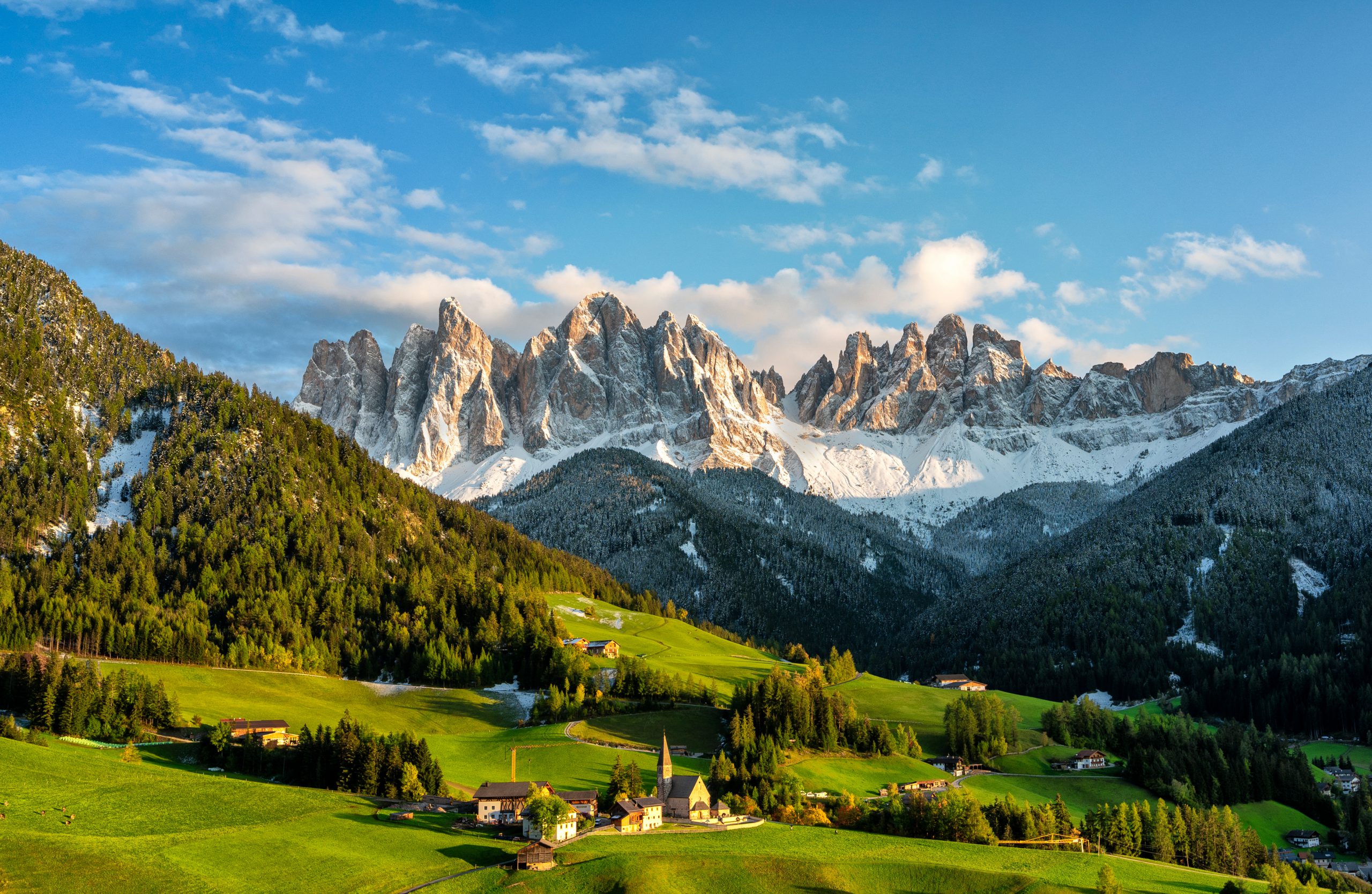The Art of Capturing Light: A Beginner’s Guide to Photography
Photography, the art of capturing light, has the power to transport us to different worlds, evoke deep emotions, and tell compelling stories. For beginners embarking on this creative journey, understanding the fundamentals of light and how to harness its power is essential. In this guide, we will explore the magic of light in photography and provide practical tips and insights to help you master this art form.
Light is the essence of photography. It shapes the mood, tone, and atmosphere of a photograph, transforming a simple scene into a work of art. As a beginner, it is important to pay attention to the quality, direction, and intensity of light in your surroundings. Experiment with different lighting conditions – from soft, diffused light on a cloudy day to dramatic, directional light during golden hour – to see how they affect your images.
One of the key principles of photography is understanding the concept of exposure. Exposure refers to the amount of light that reaches the camera sensor, determining the brightness or darkness of an image. To achieve the perfect exposure, you need to balance three elements: aperture, shutter speed, and ISO. Aperture controls the amount of light entering the camera, shutter speed determines how long the sensor is exposed to light, and ISO adjusts the camera sensor’s sensitivity to light.
When composing your shots, consider the role of light in guiding the viewer’s eye and creating visual interest. Use leading lines, patterns, and contrasts to draw attention to your subject and create a sense of depth in your images. Experiment with different angles and perspectives to capture the play of light and shadow, adding a dynamic dimension to your photos.
As you delve deeper into the world of photography, remember that light is not just a technical element but also a creative tool for self-expression. Use light to convey emotions, tell stories, and evoke a sense of wonder in your images. Look for unique lighting situations – like the dappled light filtering through a canopy of trees or the warm glow of street lamps at night – that can add a touch of magic to your photographs.
To truly master the art of capturing light, it is important to study the work of renowned photographers who have harnessed light in innovative and inspiring ways. Take inspiration from artists like Ansel Adams, whose iconic black and white landscapes are a testament to the power of light and shadow, or Dorothea Lange, whose poignant portraits capture the human experience with sensitivity and depth.
In conclusion, photography is a journey of exploration and discovery, where light serves as your guide and muse. By honing your understanding of light and practicing your skills with dedication and passion, you can unlock the true potential of photography as a medium of artistic expression. So grab your camera, step into the world of light, and let your creativity shine through your photographs.




